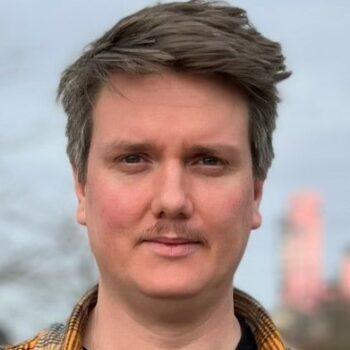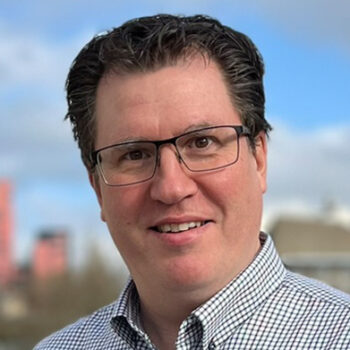Machine learning to reduce leakage at the Örby field
The Örby field and the Örby drinking water treatment plant, together constitute a technically complex system that contributes to securing the distribution of drinking water.
The drinking water production at the Örby plant consists of a system where incoming drinking water from the Ringsjö plant is infiltrated down to a closed geological formation in the Örby field. After about three weeks of retention time, the water is pumped up to the Örby plant for further distribution.
There are many advantages to using a natural reservoir, but also disadvantages. The biggest one is that there is leakage. On an annual basis, this amounts to 3000-4000 m³ per day, which corresponds to the daily water consumption of about 25,000 people. The leakage is affected by operational strategies and uncertain forecasts for drinking water consumption. The problem of balancing the intake and extraction of water from a groundwater reservoir is not unique to the Örby field.
The system is difficult to describe with traditional calculation methods due to time shifts in the system, complex reservoir conditions, human factors, and variation in extraction. Therefore, the project will tackle the problem with non-traditional calculation methods that use locally implemented machine learning. It will also take on the challenge of using machine learning in an industry that values IT security highly.
For optimization calculations of groundwater reservoirs, there are no “ready” algorithms today that have been trained with historical data from similar questions. Therefore, the project will create and evaluate which type of algorithm (or group of algorithms) can be best used based on data knowledge, domain expertise, and expertise in machine learning/data science.
If the leakage of drinking water from the Örby field can be reduced, it will decrease the climate footprint and energy consumption for the region’s water distribution.






